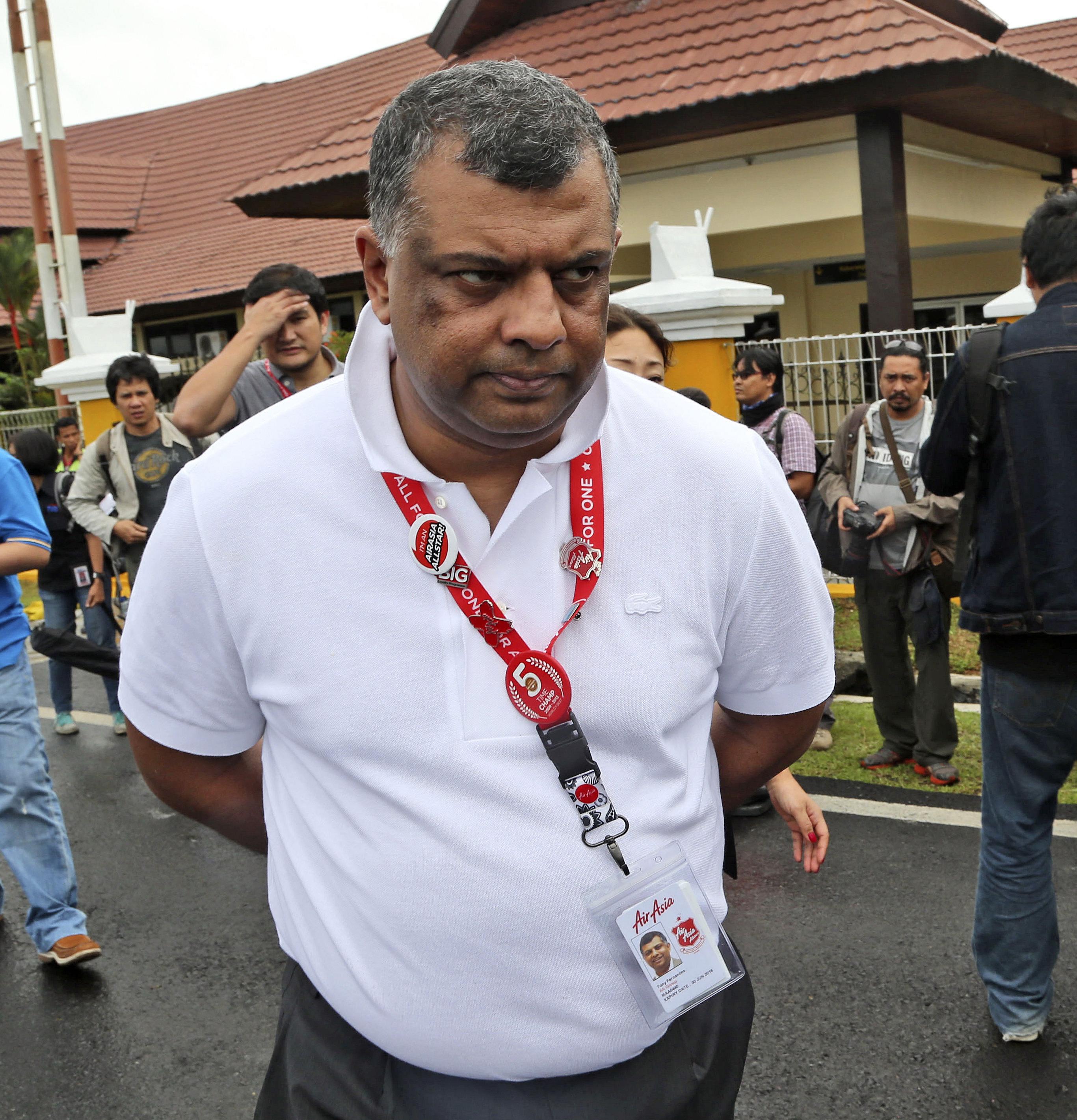AirAsia boss applies deft touch in plane crash response
AirAsia’s handling of the disaster has drawn favorable comparisons with the bungled communications by Malaysia Airlines after Flight 370 disappeared March 8. But experts say the situations faced by the two airlines are so different it’s unfair to liken them. For one, it soon became apparent the AirAsia jet had crashed, while the location of the Malaysia Airlines plane has been a mystery since it vanished a short time into its flight from Kuala Lumpur to Beijing. As a bureaucratic, state-owned company, Malaysia Airlines faced constraints that AirAsia didn’t and which resulted in its often lumbering and scripted communications. Since Sunday, AirAsia founder Tony Fernandes has been constantly in the spotlight, apologizing for the loss of life.
I apologize profusely for what they are going through. I am the leader of this company and I have to take responsibility.
AirAsia founder Tony Fernandes said at a televised news conference
If AirAsia continues in that vein, “it is probably going to prevent a crisis from turning into a reputational train wreck,” said Caroline Sapriel, managing director of CS&A, which advises companies on crisis management. Even as experts praise AirAsia for its initial handling of the situation, they caution there is a long way to go before it can put the disaster behind it. Its share price is down 8 percent since the crash, wiping nearly $200 million from the airline’s stock market value. There is likely to be a falloff in passengers from Indonesia, where most of the victims are from. It is an important market for AirAsia, the biggest economy in Southeast Asia and the world’s fourth-most populous nation.
He [Fernandes] is looking after the priorities — the families. He is showing a lot of empathy. He is using many channels to put that across.
Caroline Sapriel, managing director of CS&A, which advises companies on crisis management

Business